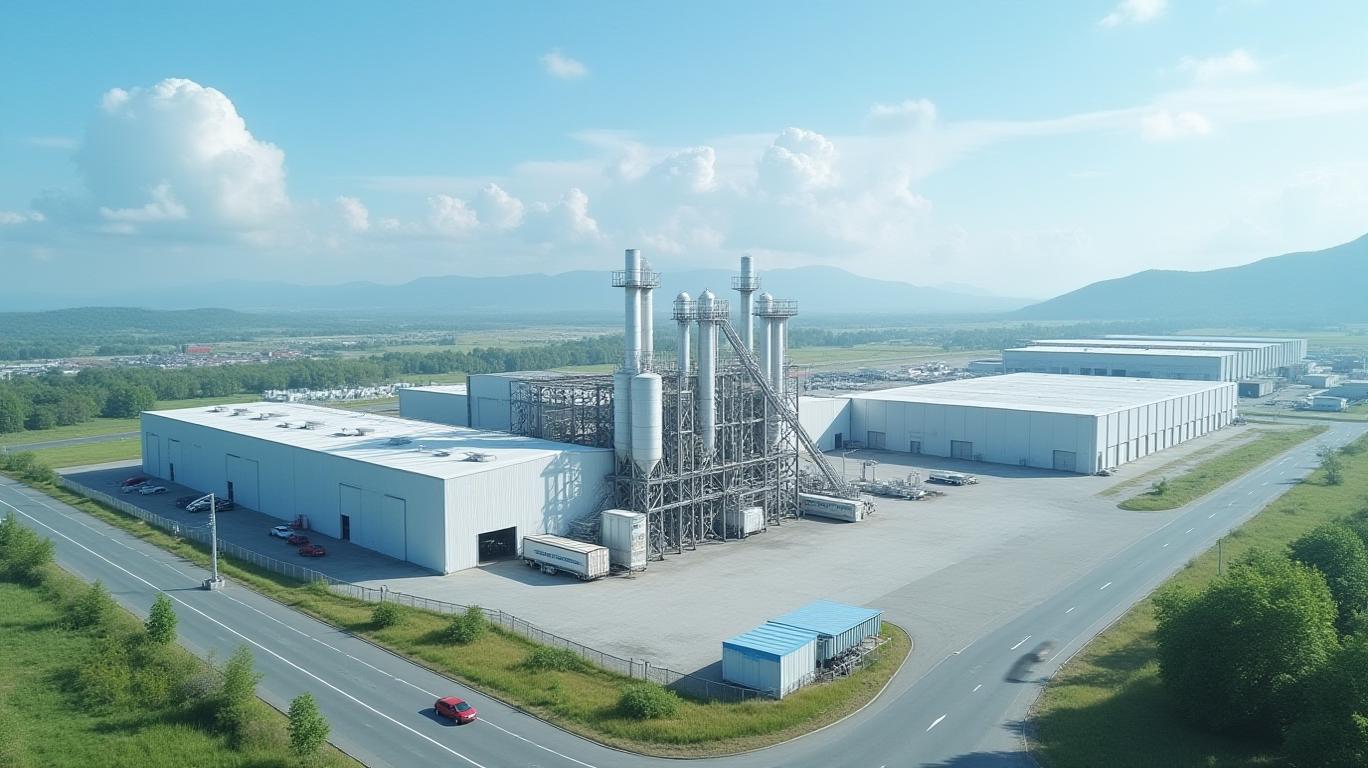Stepan Company (SCL): Is the Rally a Sustained Turnaround or a Fleeting Flicker?
The recent 38% surge in Stepan Company’s (SCL) stock price has sparked debate: Is this a signal of a lasting turnaround, or just a short-lived market reaction? With a volatile earnings history, strategic execution risks tied to the infant formula market, and a P/E ratio that’s rebounded from historic lows, investors must parse the fundamentals to decide whether SCL is primed for growth or poised to stumble again.
The EPS Rollercoaster: From Collapse to Comeback
Stepan’s earnings per share (EPS) trajectory has been anything but stable. After hitting $6.38 in 2022, diluted EPS plummeted 73% to $1.75 in 2023—a staggering drop driven by the Synlait write-down and infant formula market volatility. But 2024 brought a partial recovery (+26% to $2.20), and analysts now project 2025 EPS of $3.22, a 46% jump over 2024. This rebound hinges on stronger demand for advanced nutrition products, cost discipline, and the onboarding of a major new customer.

The 1-year EPS growth rate of 42% (TTM CAGR) underscores the speed of this recovery. Yet the negative 3-year CAGR (-23.58%) reminds investors that SCL’s past instability isn’t forgotten. The question remains: Is this growth sustainable, or will old risks resurface?
Dividends: A Steady Anchor in Turbulent Waters
While the stock price fell 43% over the past year, SCL’s dividend strategy has been a bright spot. Dividends per share (DPS) rose steadily from $1.10 in 2020 to $1.54 in 2025, with a payout ratio of 68.8%—moderate enough to avoid overextension. The 3.15% dividend yield now exceeds the Basic Materials sector average by 49%, offering income investors a compelling entry point.
Critics argue that the high yield is inflated by the stock’s decline, not dividend growth alone. But SCL’s 31-year streak of uninterrupted dividends signals management’s commitment to shareholder returns, even amid volatility.
Synlait Write-Down and Infant Formula Risks: The Elephant in the Room
The $16.5M hit to 2023 EPS stemmed from reduced demand for infant formula from a major customer—a stark reminder of SCL’s reliance on key partners. While Synlait’s Pokeno plant expansion aims to secure double-digit sales growth in FY24, execution risks loom large. Delays in SAMR re-approval for Chinese market access, labor shortages, and inflationary pressures could disrupt progress.

Moreover, Synlait’s amended financial covenants—including a leverage ratio raised to 5.5x—highlight the strain of past challenges. If SCL cannot secure new customers or stabilize margins, the 2025 EPS forecast could fall short.
Valuation: Overpriced Optimism or a Fair Price for Growth?
At a trailing P/E of 22.89, SCL trades at a premium to its 2022 lows (16.08) but well below the 2023 peak (52.6). The forward P/E of 16.74 suggests the market expects earnings to grow into this valuation. If SCL delivers on its 2025 EPS forecast, the current multiple could be justified.
However, skeptics point to the cash payout ratio of 1,676% (TTM), signaling that dividends are being funded by non-cash resources or borrowing—a red flag if cash flow falters.
Verdict: Invest Now, But With Eyes Wide Open
The recent 38% rally isn’t a fluke—it reflects a credible turnaround story. Strong 2025 EPS guidance, dividend resilience, and strategic moves like the Pokeno plant expansion suggest SCL is rebuilding its foundation.
Go long if:
- You believe SCL can diversify its customer base and execute on advanced nutrition growth.
- The SAMR re-approval and new customer onboarding stay on track.
- The forward P/E of 16.74 remains reasonable relative to future earnings.
Hold off if:
- Regulatory delays or supply chain issues disrupt 2025 targets.
- The high payout ratio strains liquidity, forcing dividend cuts.
- The infant formula market’s volatility resurfaces.
Final Call: The Risk-Adjusted Opportunity
While risks persist, SCL’s combination of EPS rebound, dividend stability, and a forward P/E below its 2023 peak makes it worth considering for investors seeking a rebound story. The rally isn’t a fluke—it’s a vote of confidence in management’s ability to turn the ship around. But monitor those execution milestones closely.
The question isn’t whether SCL has turned the corner—it’s whether it can stay there. For now, the data leans toward cautious optimism.
This analysis is for informational purposes only. Consult a financial advisor before making investment decisions.

Comments
No comments yet